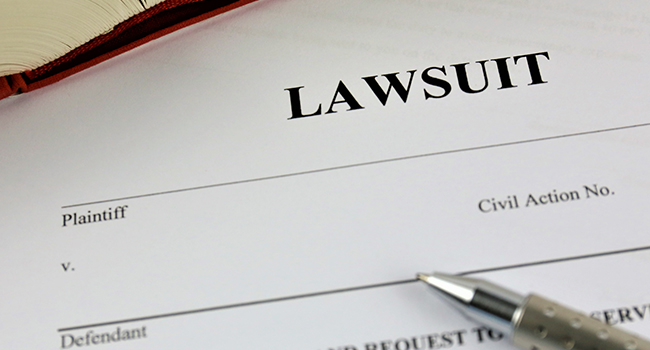
Lawsuit Alleges Insufficient Security at 2016 Georgia College Homecoming
A lawsuit filed this week claims that a lack of sufficient security measures during 2016 homecoming activities on the Morehouse College campus led to injuries and medical bills for some attendees.
- By Jessica Davis
- November 05, 2018
A lawsuit filed this week claims that a lack of sufficient security measures during 2016 homecoming activities on the Morehouse College campus led to injuries and medical bills for some attendees.
According to attorney Robert A. Elsner, who filed the lawsuit on behalf of five people who attended the 2016 homecoming festivities, said a scuffle broke out in a crowded tailgating area and his clients were caught up in the fight and injured. The identities of those who inflicted the injuries are unknown, Elsner said.
“There was no security there at all and nobody to help, nobody to intervene,” Elsner said.
The five plaintiffs required emergency treatment for a combined total of about $76,000 in medical bills, according to the lawsuit.
“The cause of all the plaintiffs’ injuries was the result of the negligence and carelessness of the defendants, jointly and severally, in failing to keep the premises and approaches to Morehouse’s campus and, in particular, to the area designated as the tailgate area (safe) as required by (Official Code of Georgia article) 51-3-1,” the lawsuit reads.
The new lawsuit happens to follow a rash of crimes near the Morehouse College campus, including a robbery at gunpoint and an attempted carjacking during which a student was shot. Morehouse Police Chief Valerie Dalton said the school would launch “an aggressive campaign to equip our students, faculty and staff with safety tips that they can use when they are traveling from Morehouse College to businesses and residential areas in the neighboring community.”
Atlanta Police Chief Erika Shields announced last month a campus security task force with representatives from area schools including Morehouse, and said that the police department would step up campus patrols.
“When people send their children to college, they expect them to grow and learn in a safe environment,” Shields said. “We have a responsibility to provide a strong presence and visibility around college campuses that sends a clear signal to criminals that we will not tolerate them preying on students.
About the Author
Jessica Davis is the Associate Content Editor for 1105 Media.